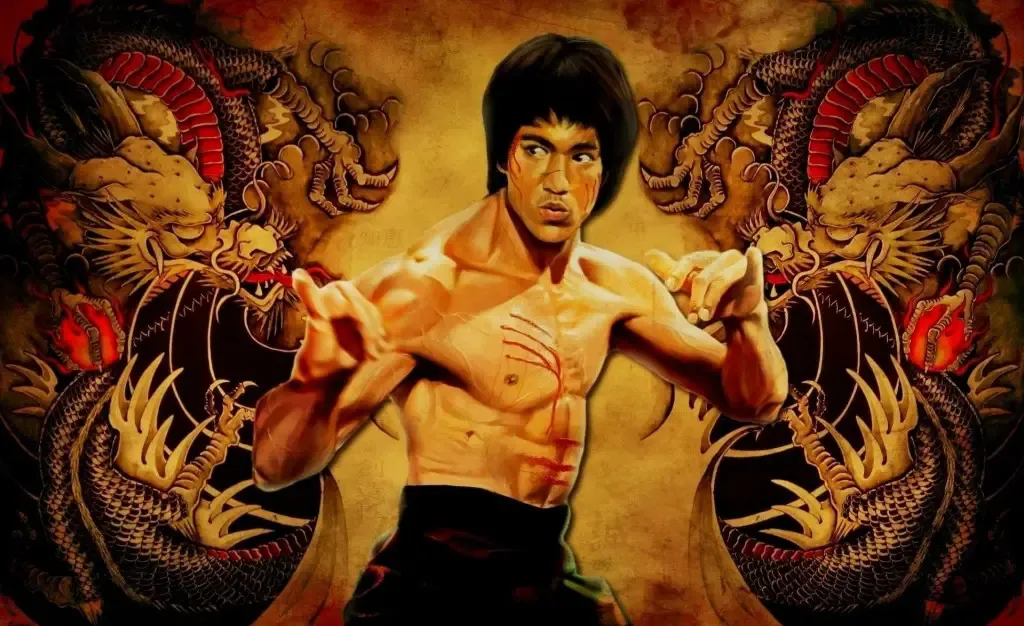
Martial arts are codified systems and traditions of combat practiced for a number of reasons such as self-defense; military and law enforcement applications; competition; physical, mental, and spiritual development; entertainment; and the preservation of a nation's intangible cultural heritage.
There are hundreds of different martial arts styles, each with its own unique history, philosophy, and techniques. Some of the most popular martial arts styles include:
- Karate: A Japanese martial art that emphasizes striking techniques with the hands, feet, elbows, and knees.
- Taekwondo: A Korean martial art that emphasizes kicking techniques.
- Judo: A Japanese martial art that focuses on grappling and throwing techniques.
- Jiu-jitsu: A Japanese martial art that focuses on ground fighting and submission techniques.
- Kung fu: A Chinese martial art that encompasses a wide variety of styles and techniques.
- Muay Thai: A Thai martial art that is known for its powerful kicks and elbows.
- Krav Maga: An Israeli martial art that is designed for self-defense in real-world situations.
- MMA (mixed martial arts): A combat sport that combines elements of various martial arts styles.
In addition to these popular styles, there are many other martial arts styles practiced around the world, such as aikido, aikijutsu, capoeira, escrima, hapkido, kendo, kickboxing, tai chi, and wing chun.
Martial arts can be practiced for a variety of reasons. Some people practice martial arts for self-defense, while others practice for the physical and mental benefits. Martial arts can also be a fun and challenging way to get in shape.
Benefits of martial arts
There are many benefits to practicing martial arts, including:
- Physical benefits: Martial arts can help you improve your cardiovascular health, strength, flexibility, and balance.
- Mental benefits: Martial arts can help you improve your focus, discipline, and self-confidence.
- Social benefits: Martial arts can help you meet new people and make friends.
- Self-defense: Martial arts can teach you how to defend yourself in dangerous situations.
Origins
The origins of martial arts can be traced back to the early days of human civilization. The earliest evidence of martial arts comes from archaeological sites in ancient Egypt and Mesopotamia, dating back over 5,000 years. These sites show depictions of people engaged in hand-to-hand combat, wrestling, and other forms of martial arts.
They developed independently in many different parts of the world, but some of the most well-known martial arts traditions come from East Asia, particularly China and Japan. Chinese martial arts are thought to have originated over 3,000 years ago, and Japanese martial arts developed from Chinese influences over 1,500 years ago.
Martial arts were originally developed for self-defense and warfare. However, over time, they evolved into more complex systems of training that also focused on physical and mental development. Martial arts also became important cultural traditions, and many different styles and schools developed.
Here is a brief overview of the origins of some of the most popular martial arts styles:
- Karate: Karate originated in Okinawa, Japan, in the 17th century. It is a combination of indigenous Okinawan martial arts and Chinese martial arts.
- Taekwondo: Taekwondo is a Korean martial art that developed in the 20th century. It is characterized by its emphasis on kicking techniques.
- Judo: Judo was created by Jigoro Kano in Japan in the late 19th century. It is a grappling martial art that focuses on throws and holds.
- Jiu-jitsu: Jiu-jitsu is a Japanese martial art that developed in the 17th century. It is known for its emphasis on ground fighting and submission techniques.
- Kung fu: Kung fu is a general term for Chinese martial arts. There are hundreds of different kung fu styles, each with its own unique history, philosophy, and techniques.
- Martial arts have a long and rich history, and they continue to be popular today.
